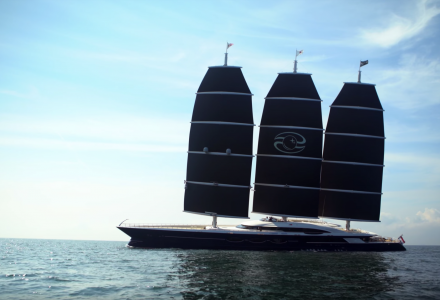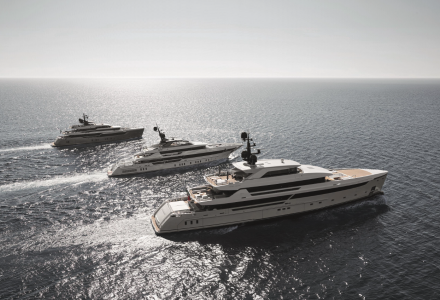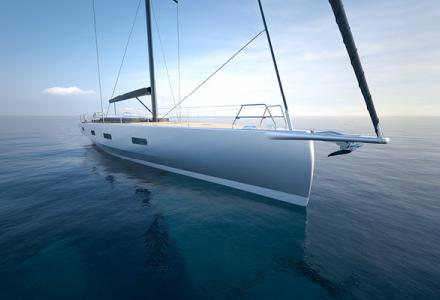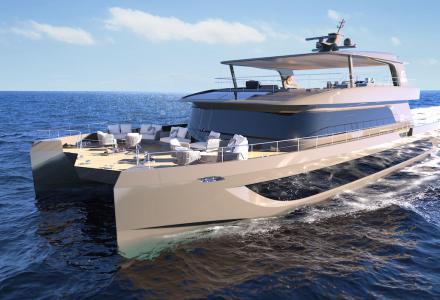Scheduled for delivery later this year, the 106-meter Black Pearl is set to become the world's largest sailing yacht. Built by Oceanco under the codename Project Solar, she is capable of crossing the Atlantic burning just 20 liters of fuel thanks to alternative power sources.
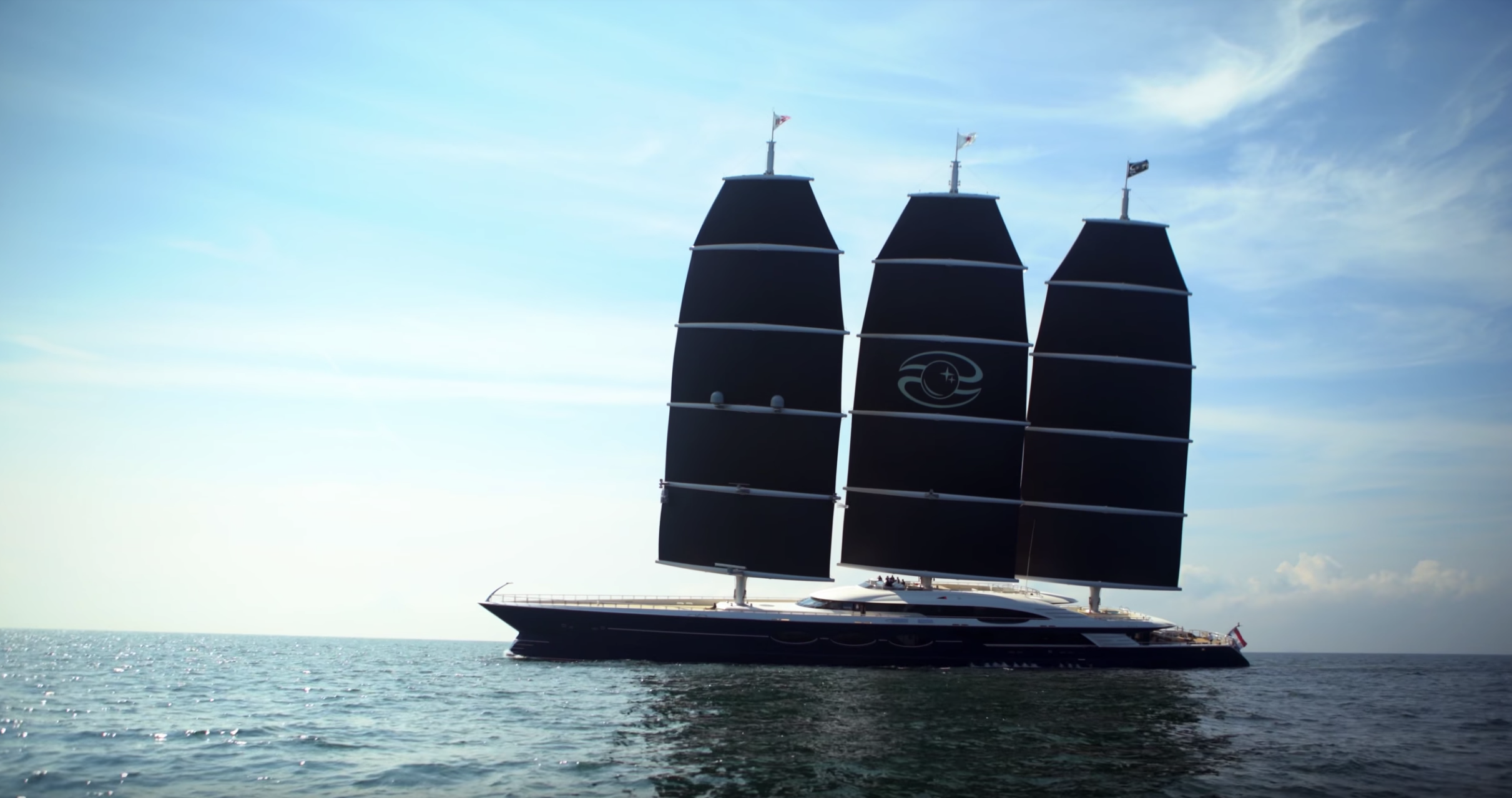
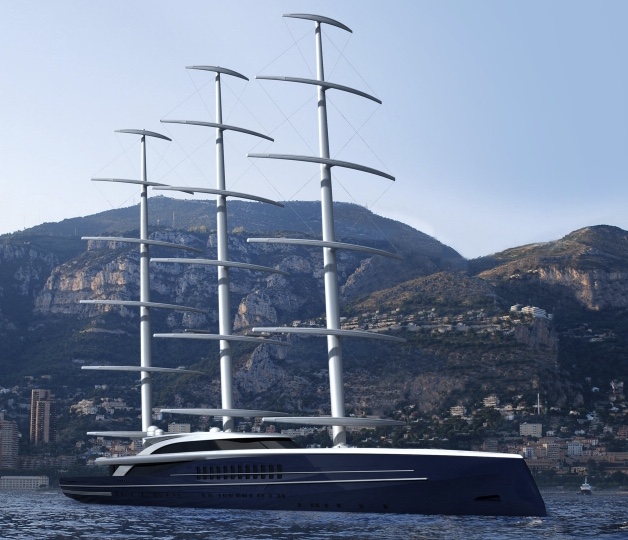
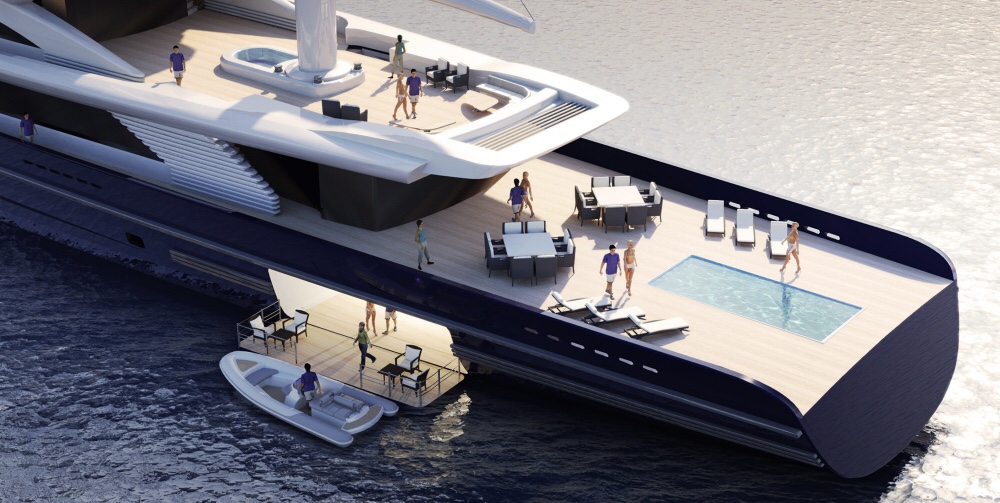
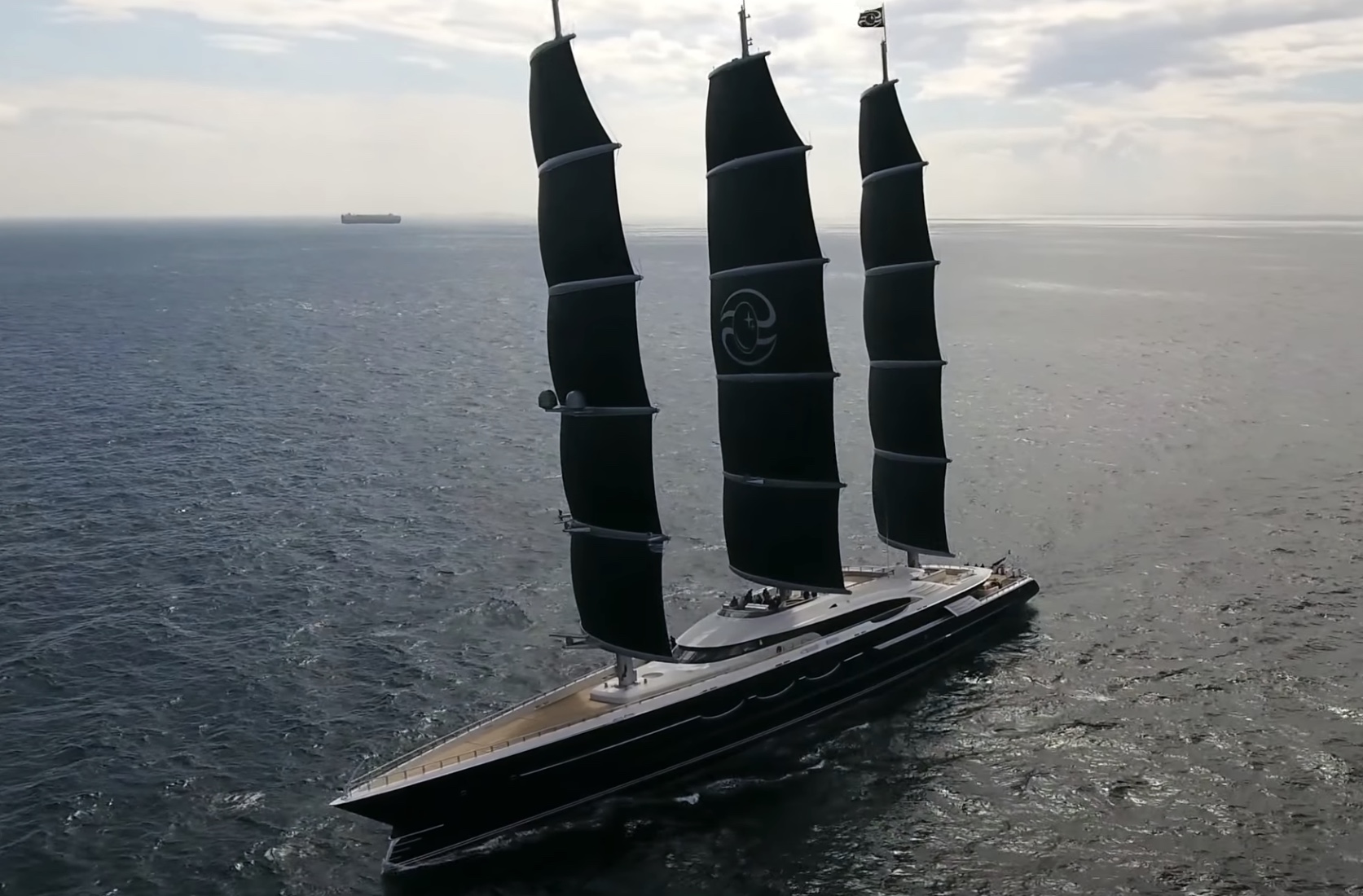
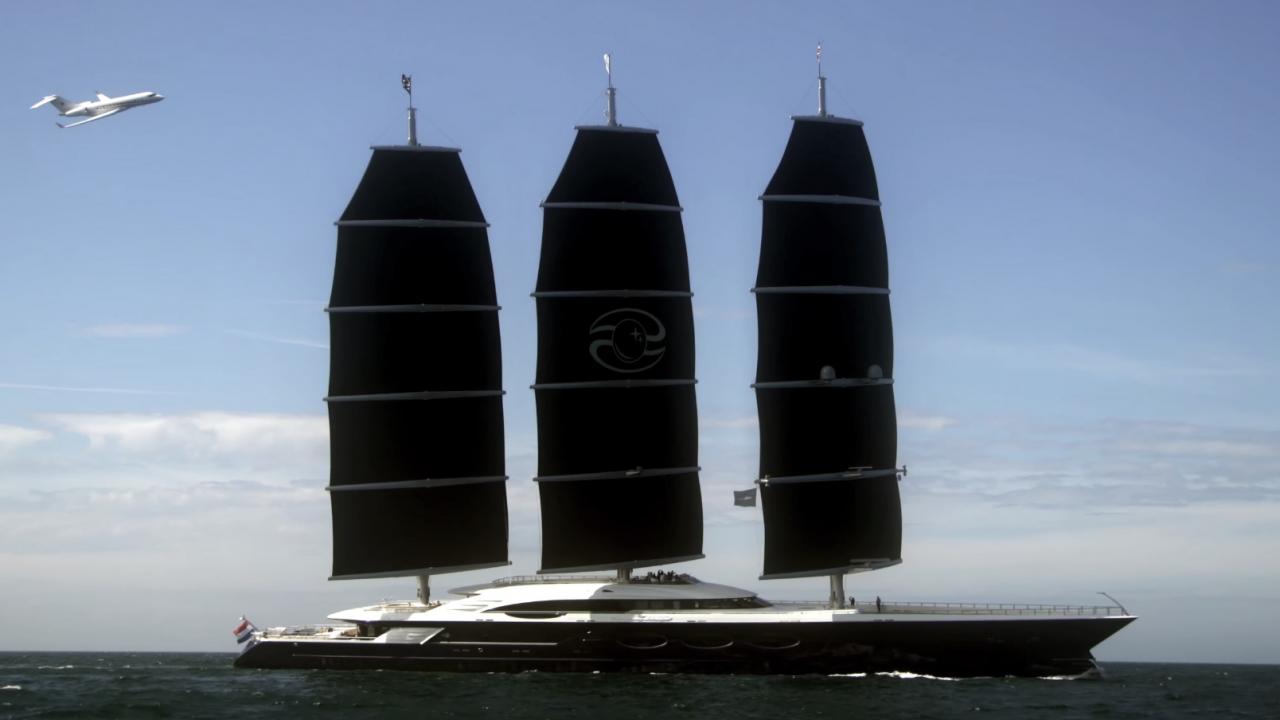
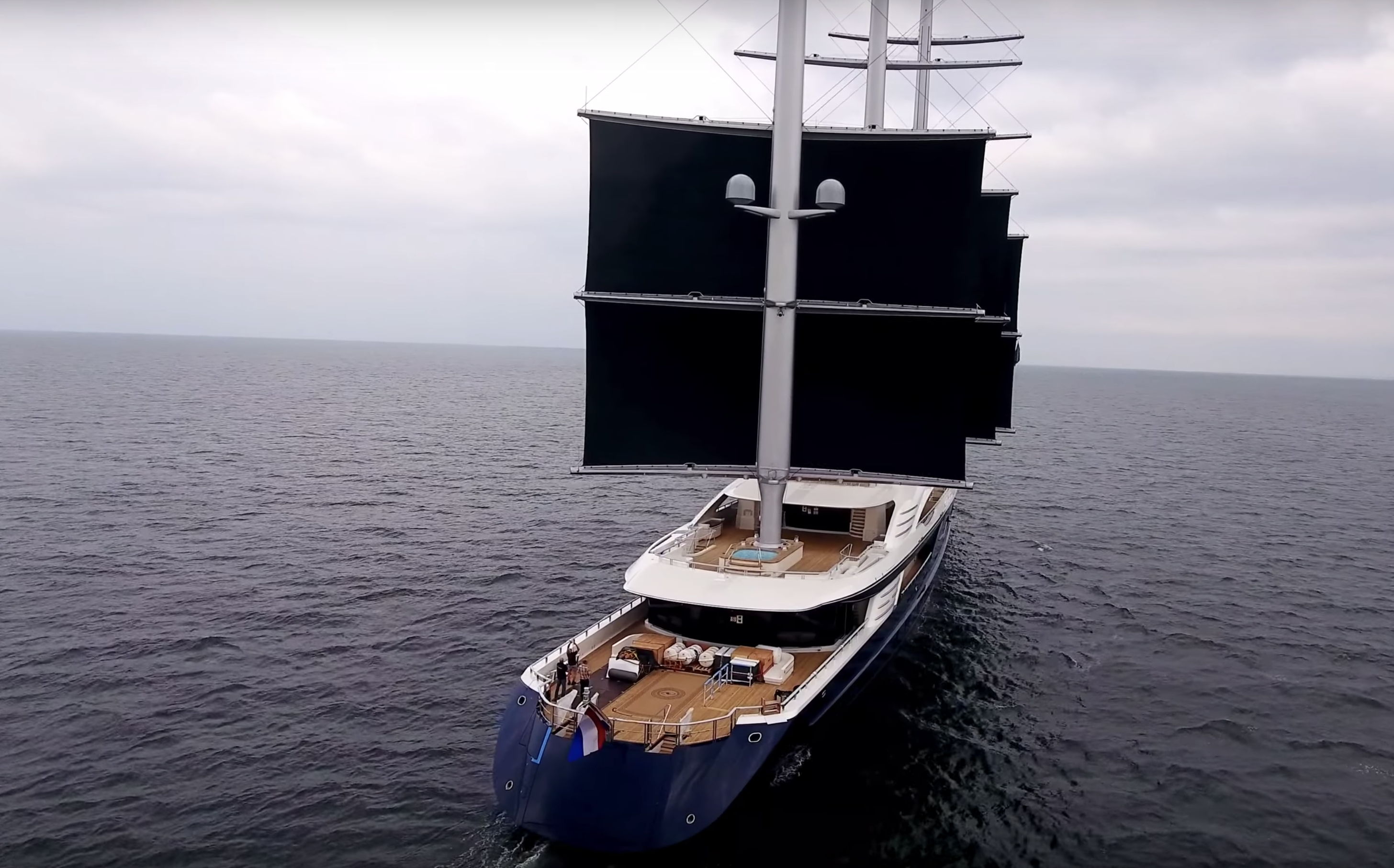
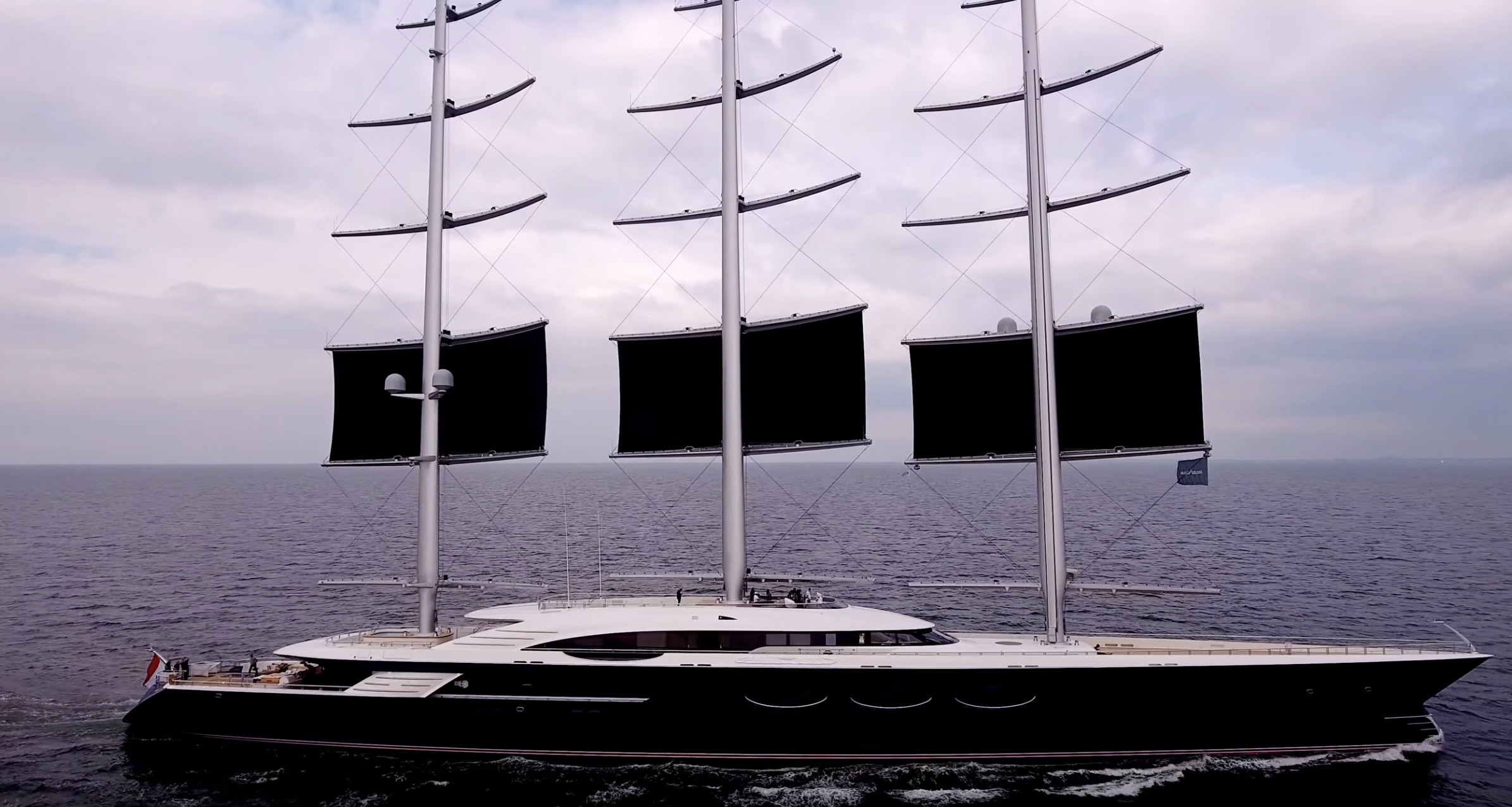
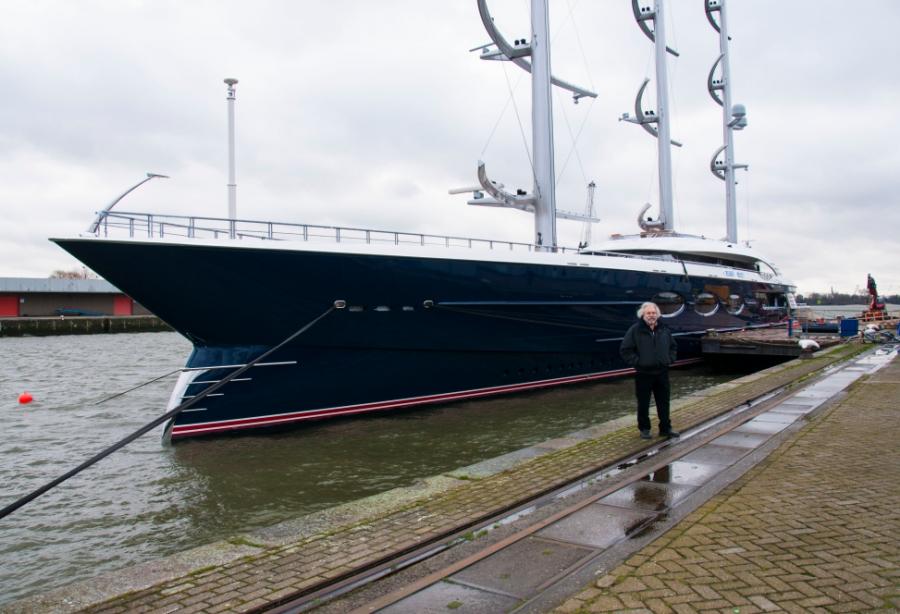
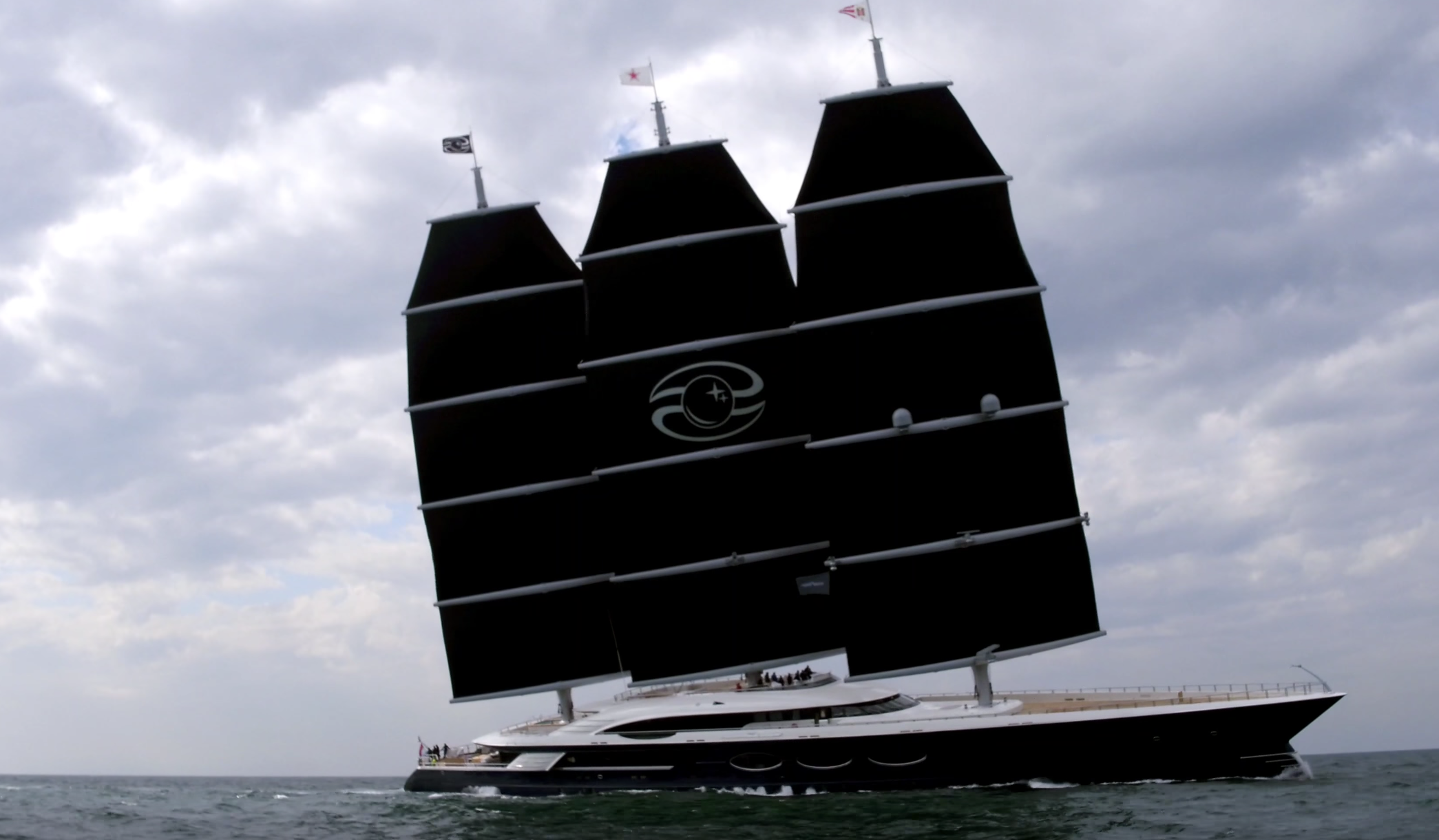
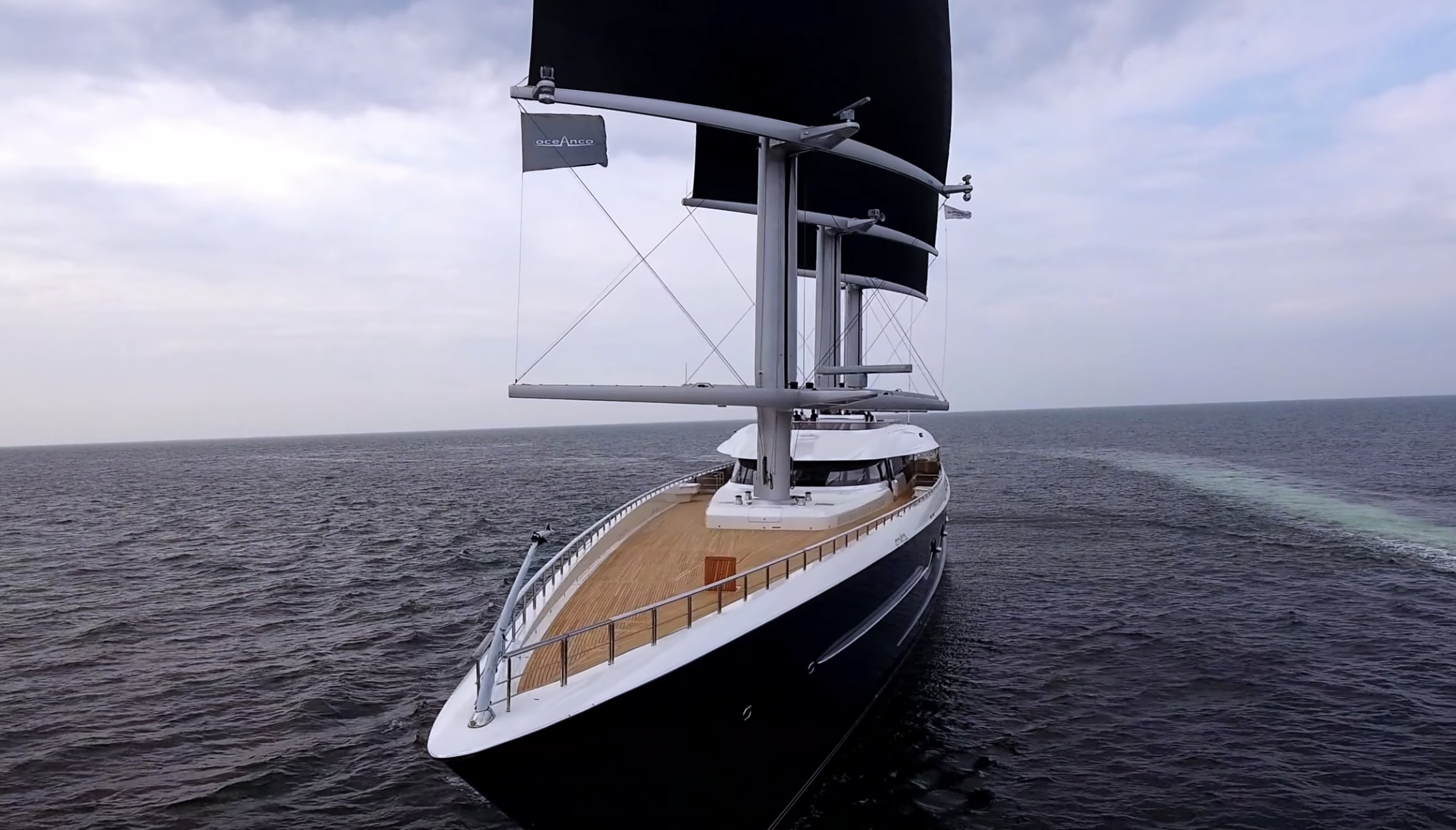
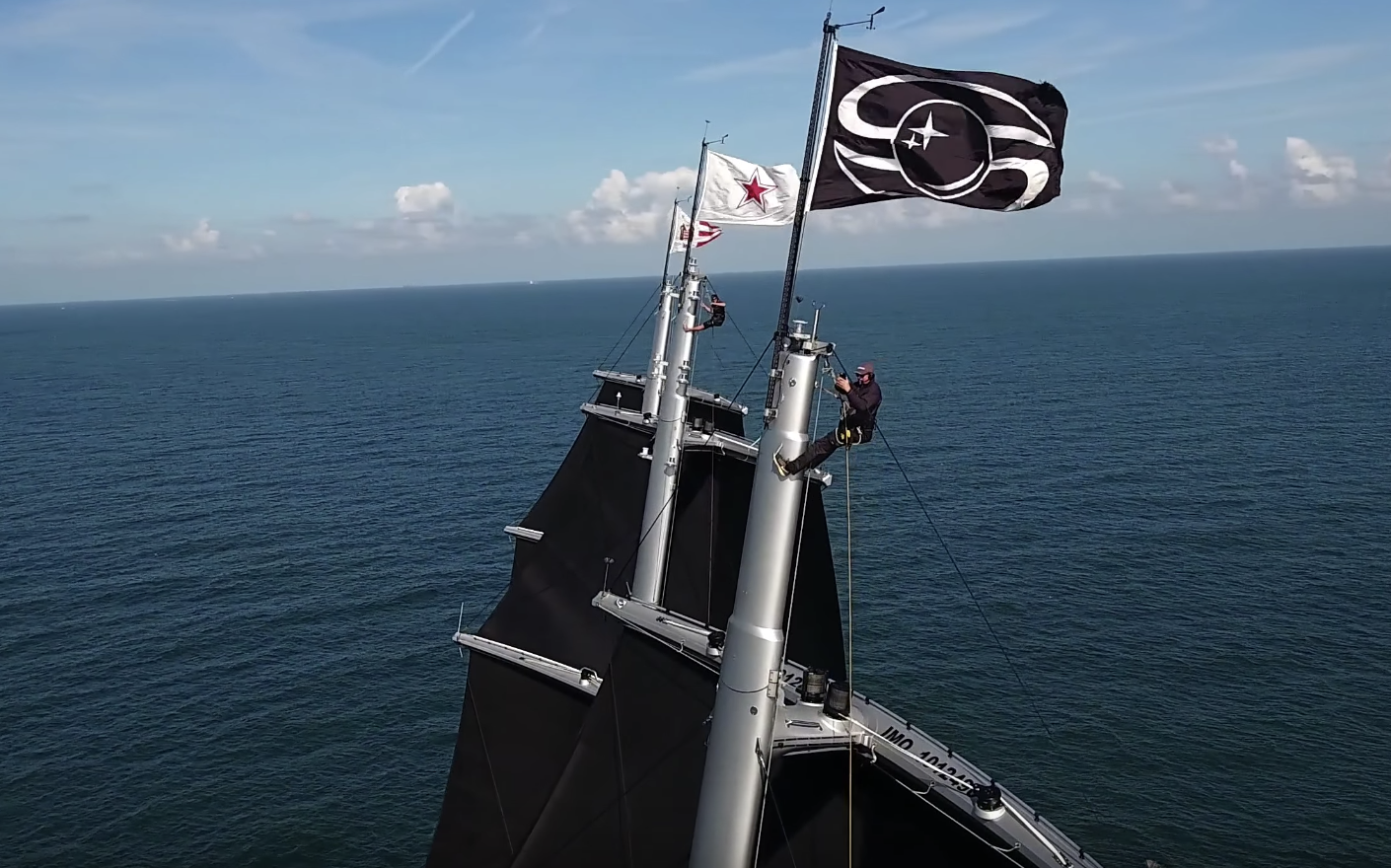
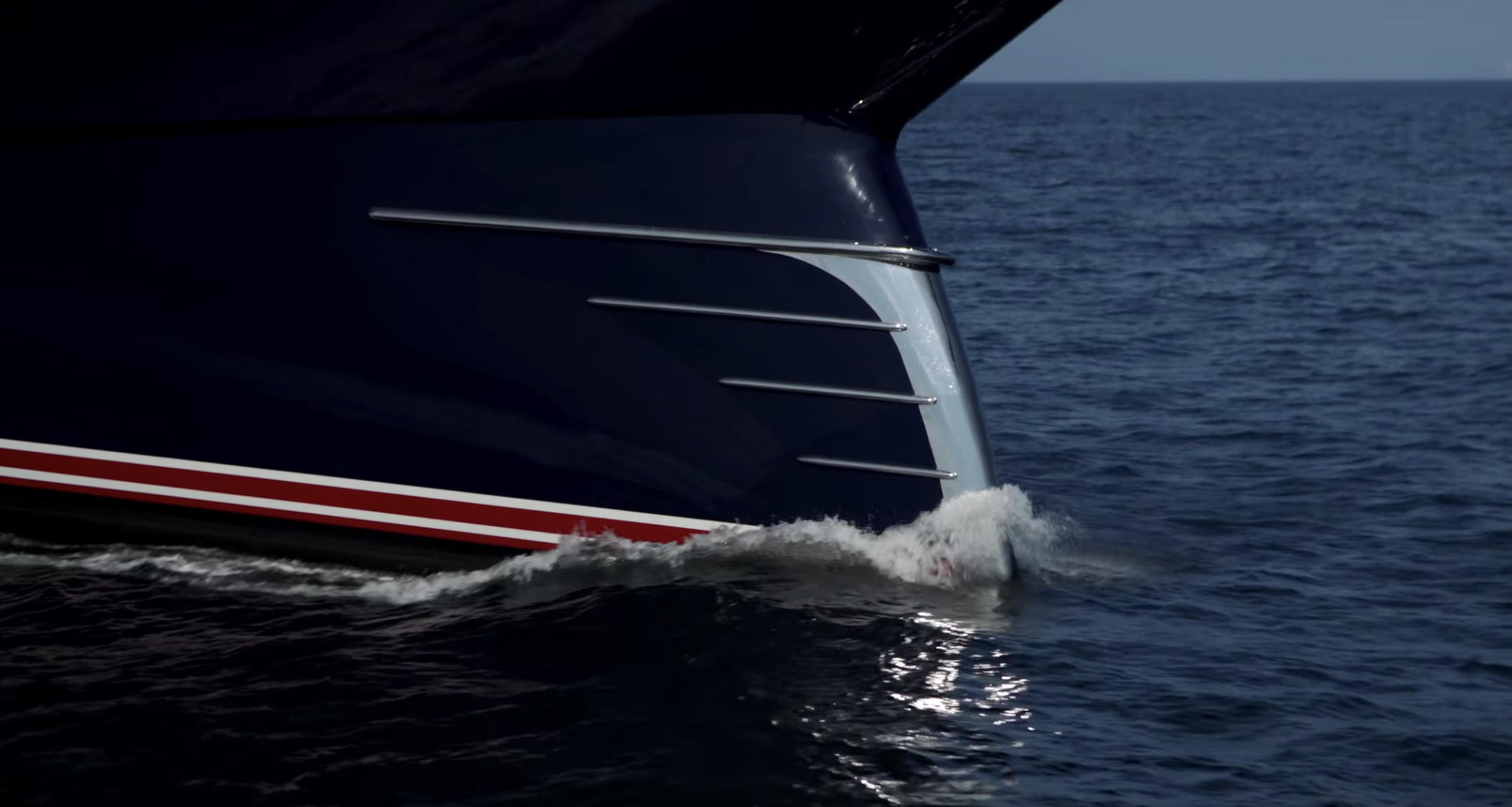
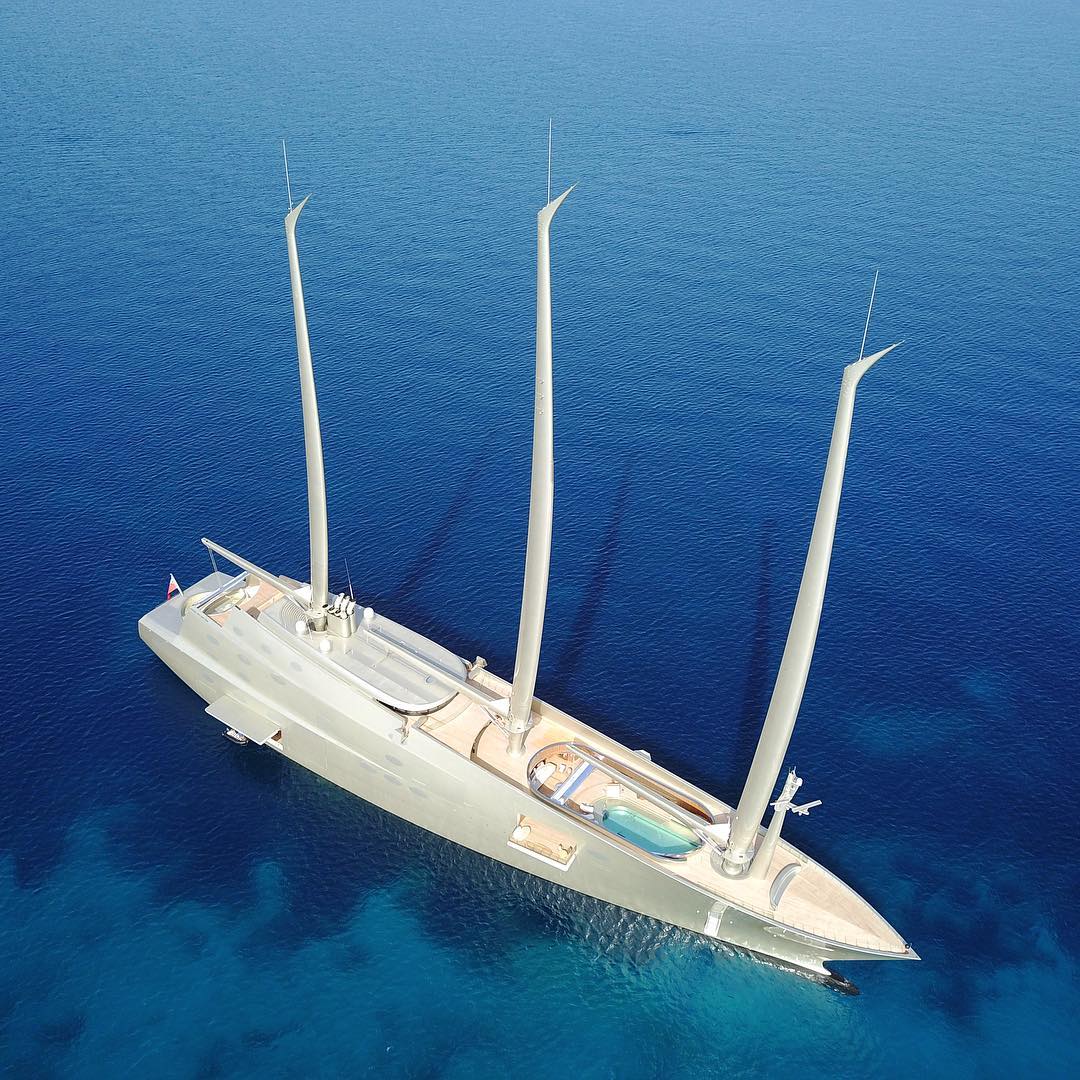
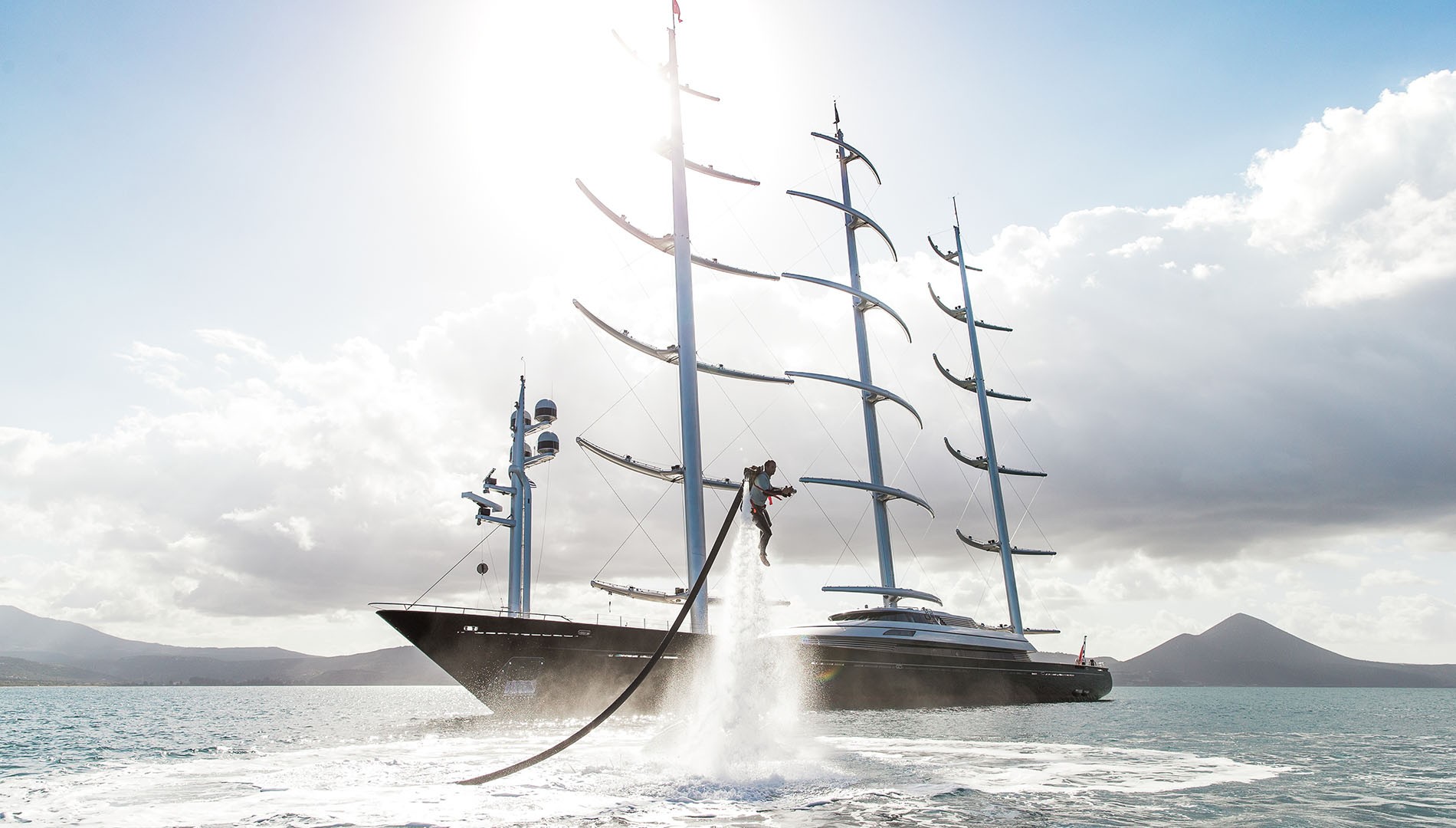
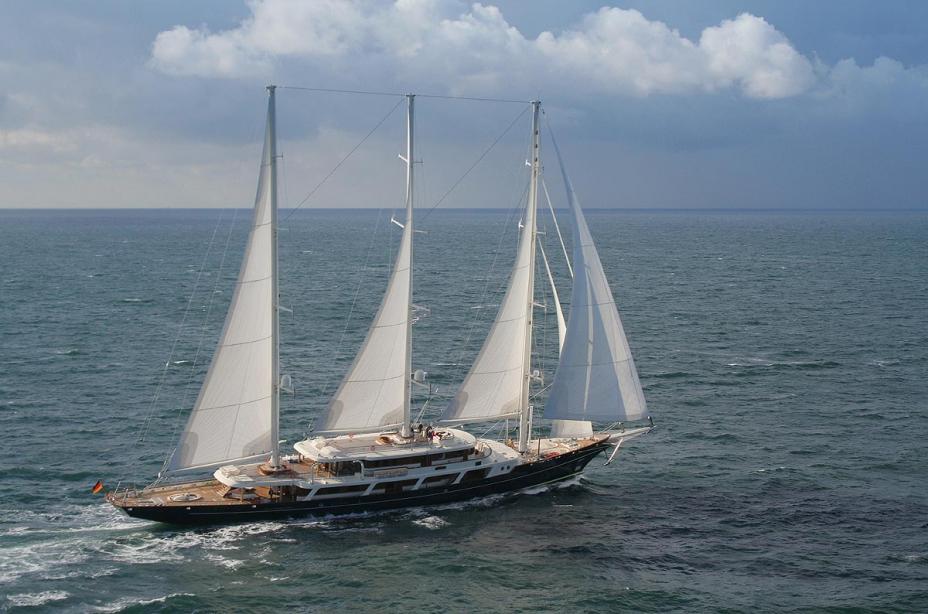
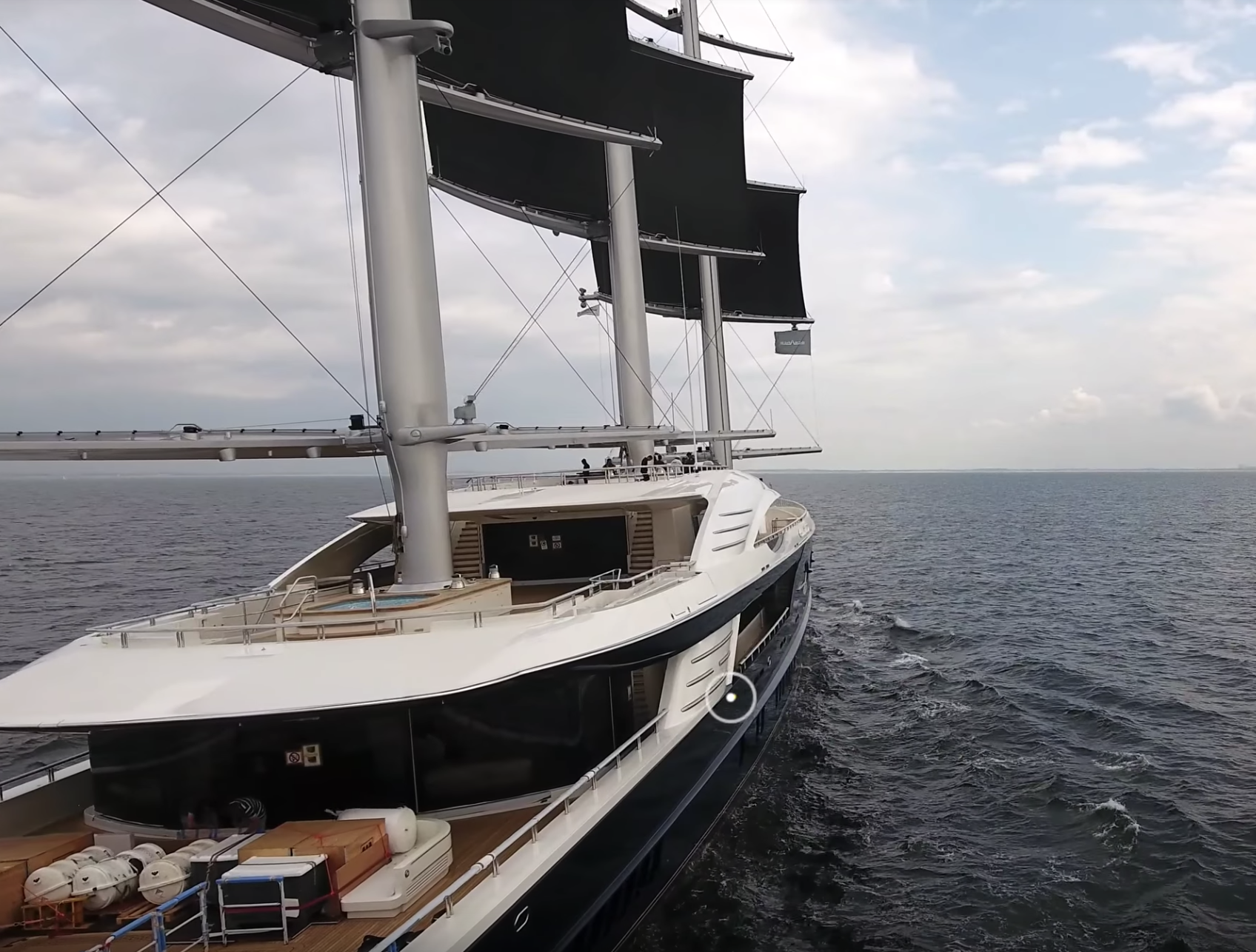

Inspired by the 88-metre Maltese Falcon, built by Perini Navi for the late venture capitalist, Tom Perkins in 2006, Project Solar started when Ken Freivokh was contracted by the owner on 7 July 2010 to handle design and styling on the project. This initially resulted in a 96-metre preliminary concept codenamed Nautilus.
Given their involvement with the development of the Maltese Falcon and its DynaRig concept, Dykstra Naval Architects were introduced by Ken Freivokh to the owner and the Nautilus concept, on which they then acted as naval architects. As a result of a highly beneficial collaboration, Dykstra's team were able to refine and further advance the DynaRig system they designed, driven by the owner to push the technology boundaries beyond what the Maltese Falcon had already achieved.

As the preliminary concept was moving ahead as scheduled at Ken Freivokh Design, the studio commissioned UK-based, Devonport yachts (Pendennis shipyard) to perform a technical study of the yacht to create the tendering package, which was then submitted to seven leading shipyards in Europe and the United States in June 2011.
Freivokh's team had extended the project to 100-metres by November 2011, of which a scale model was produced. Dutch-based Oceanco were ultimately selected by the owner to undertake the build and in 2012, Nuvolari Lenard, who had previously collaborated with Oceanco on other projects, joined the team for the construction of Freivokh's Nautilus design, influencing several tweaks, such as the three emblematic, elliptical hull windows, as well as parts of the superstructure including further development of the original distinctive arches.

As the process continued, the hull design kept evolving with active input from the owner following studies by Freivokh's team on the bow swap that highlighted the need for its refinement. By the owner's hand, these modifications gradually evolved into the overhang-to-reverse bow concept that the 106-metre Nautilus concept ultimately bore.

"First time I saw Black Pearl was actually in a photo sent to me." said Chris Gartner, Captain of the S/Y in its launch video. "And I couldn't believe my eyes, I was very excited to see a photo of it finally because it had been such a secret project." Indeed, prior to her launching and setting out for sea trials, information on the project was essentially kept classified by all parties involved.

"Actually Black Pearl was not an experiment, she is a real challenge in the yacht building industry." commented Marcel Onkenhout, CEO of Oceanco. "Because all that has been put on the drawing board had never been done before". Arguably, Black Pearl's size enabled many features that were previously impossible with sailing yachts. At 106 meters in length, she's 13 meters longer than EOS, the previous record holder.

"We have seven meters draft, which is the total depth." added Derek Munro, owner's representative for Black Pearl. "And of this approximately 4 meters is keel [...] so we keep all of our weight low. When you look at the overall length of the vessel versus the size of the mast, the masts are not too high". Developed by Dykstra with inspiration from the Maltese Falcon, the Black Pearl features arguably the most advanced sail system ever installed, allowing her to cruise with the wind in any direction.

As the development process of the yacht continued before the build started, the hull design kept evolving with active input from the owner following studies by Freivokh's team on the bow swap that highlighted the need for its refinement. By the owner's hand, these modifications gradually evolved into the overhang-to-reverse bow concept that the 106-metre Nautilus concept ultimately bore.

Built as Project Y712 and often referred to as Project Solar, S/Y Black Pearl's interior framework and layout was initially created by Ken Freivokh before being refined by the owner, working closely with designer Gerard Villatte. The acclaimed project is now nearing completion, with Ken Freivokh overseeing the final stages of the build since April 2016, as per contract, following the completion of Nuvolari Lenard's involvement with the project.

"When we're sailing, we have sufficient wind speed and we're generating enough hull speed, we can then begin to manoeuvre the blades slightly to what we call regeneration mode." explained Richard Tatlow, Black Pearl's chief engineer in the launch video. "We can then use that energy and consume it within our electrical switchboard inside the vessel".

Another key element of Black Pearl's development was its solar sails, which can actually produce energy whilst the yacht is underway thanks to solar panels built within the fabric of the sail. "We can easily get the rotation on the sails and we'll probably end up, if we're lucky, at 50% of energy with solar sails." explained Munro in the video.

"With the right wind and the right sea, we could reach 30 knots. And with the regeneration and the [solar] sail, we're predicting that we can do Transatlantic [crossings] with no fuel used." added Munro. Should Black Pearl achieve this once delivered, it would be an unparalleled achievement in the yachting industry. As a reference, 50 meter motor yachts typically burn 300 liters of fuel per hour at cruising speed with an average of 8 days required to cross from Europe to the Caribbean.

"The Black Pearl is the first of its kind, to be this big, this beautiful and performing like it does." concluded her captain. Indeed, technically, Black Pearl is now the largest sailing yacht in the world. Historically, however, a certain confusion has also come along with determining which vessel could claim this title, primarily due to the measurements and classifications used.

Photo by @king_of_neverland
Indeed, whereas the 142.8-meter Sailing Yacht A, delivered earlier this year to Russian billionaire, Andrey Melnichenko, is clearly longer but also 4.6 times more voluminous than the Black Pearl, the ship is classified as a sail-assisted motor yacht. Therefore, its class would put S/Y A in the motor yacht category, leaving the Black Pearl in the lead. Confusion still persists as to this method, however, the ranking is still more solidified now than it was several years ago when there were 3 contenders to the title.

At 88 meters in length, the Maltese Falcon built in 2006 by Perini Navi with a Dynarig system also installed by Dykstra, was one of the vessels that held a claim to the top spot in the rankings. Primarily, this rested on the fact that her total length should be used, whereas other sailing yachts should have their length counted without a bowsprit as the Falcon had none.

Others, however, argued that total length should be taken into account for all sailing yachts, and that there was no use resorting to such technicalities. Such a calculation would have then clearly placed the 93-meter Lurssen, EOS at the top of the list.

Set to be delivered soon, the Black Pearl did more than straighten out the rankings of the world's largest sailing yachts, it also brought back a clear desire and ambition to innovate in the sailing yacht space. A sector that had been left with little advancements and thrilling projects before Project Solar apart from S/Y A.
